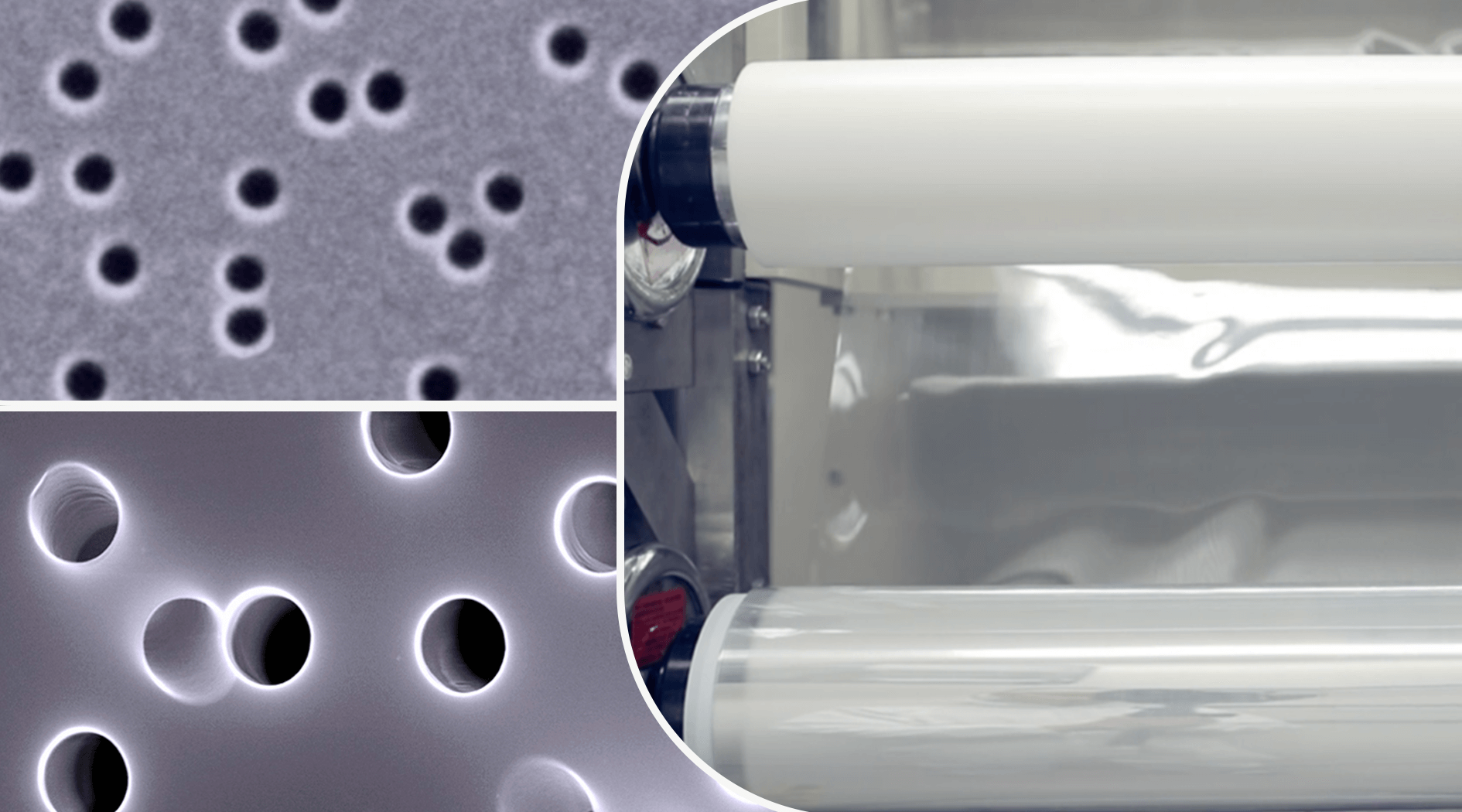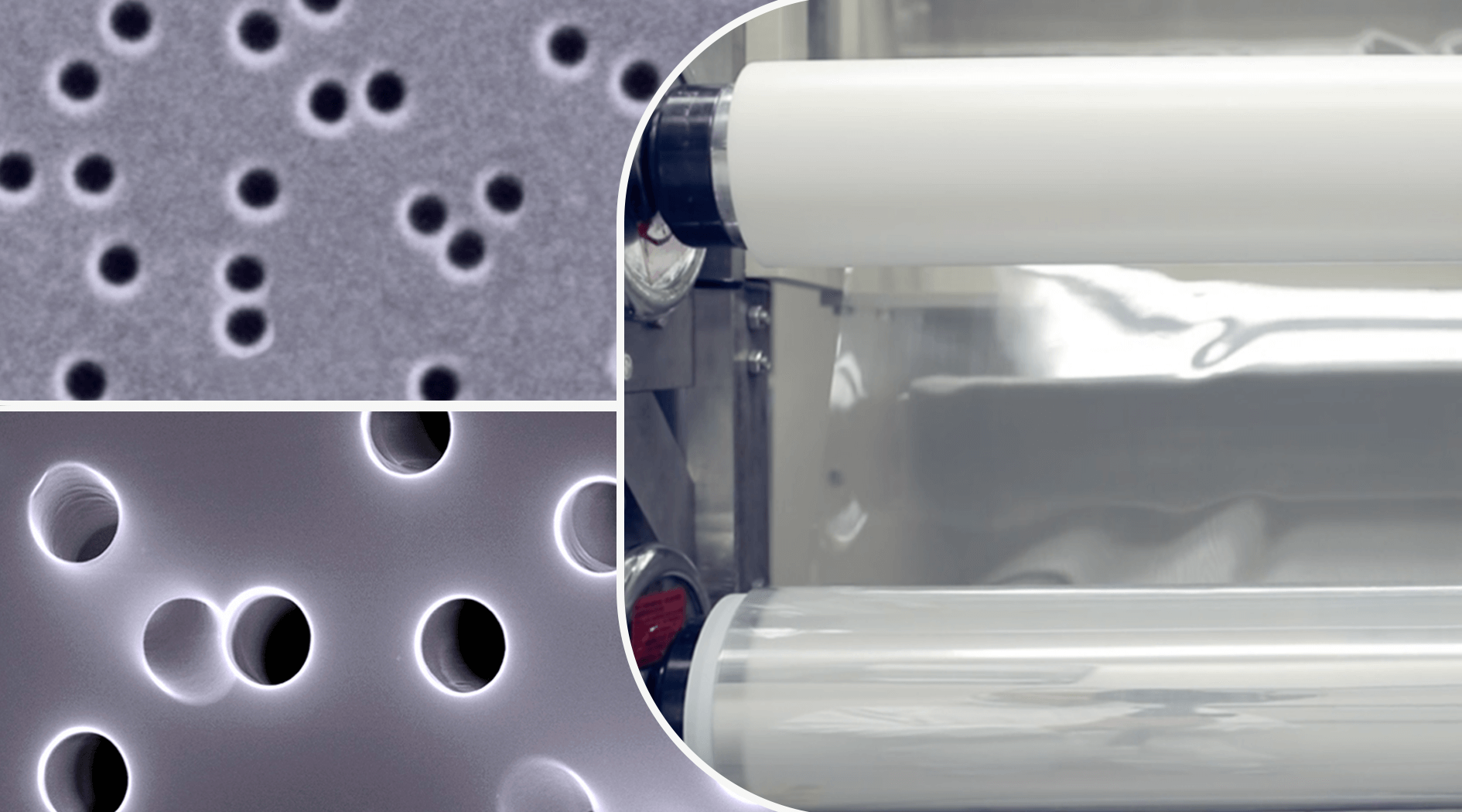
Product Features
German technology produces polycarbonate membrane with very uniform pore size and distribution. Nuclear drilling to ensure accurate hole diameter. The film is made of pure polymeric film with excellent chemical cleanliness. No additives, low tare weight, small water absorption and very low non-specific protein adsorption. Polycarbonate membrane is hydrophilic and has various diameters and pore sizes to choose from. Polyester film is insoluble in most organic solvents, amino compounds and hydrocarbon halides.
Advantages of Polycarbonate membrane
core drilling is adopted, and the hole is cylindrical
it is not close to the stain color, and the background contrast is large, which is conducive to observation with a microscope
reliable surface adsorption to facilitate sample analysis and shorten analysis time
completely transparent film
low adsorption performance, non hygroscopic
low tare
no particle shedding, ultra clean filtration
biological inertia

Application:
• analytical methods - gravimetric analysis, specific gravity, divergent spectroscopy, X-ray fluorescence and infrared analysis;
• water analysis - AOX, direct enumeration of microorganisms, analysis of marine organisms and dissolved phosphate, nitrate and ammonia;
• blood filtration and cell analysis - RBC deformability, leukocyte removal, RBC filtration and plasma removal, chemotaxis, cytology and cell culture
• general filtration - removal of nuclear particles, cross filtration, HPLC sample preparation and solution filtration;
• microscopic observation - electron microscope, fluorescence microscope, direct optical microscope;
• microbiological analysis - direct counting, acquisition, concentration, isolation, culture, mildew, trichomonas Jia, Legionella, coliform and microfilaria dentatus of the total number of microorganisms;
• nucleic acid research - alkali elution and DNA fragment fractionation;
• oceanographic research - transparent polycarbonate membrane is a new tool for plankton research. These ultra-thin transparent membranes are flexible but have very good strength. They can filter plankton samples and install them directly on glass slides for observation (Ref: heweset al. 1998; Graham and Mitchell 1999; Graham 1999);
Medical devices and in vitro diagnostics
• biosensors - controlled isolation diagnostic analysis as biological reagents and electrochemical probes - control flow rate, sample preparation, blood separation and capture of latex particles;
• cell biology - cell culture, chemotaxis and cytological analysis, such as carriers of drugs absorbed by the skin - inert carriers of therapeutic drugs